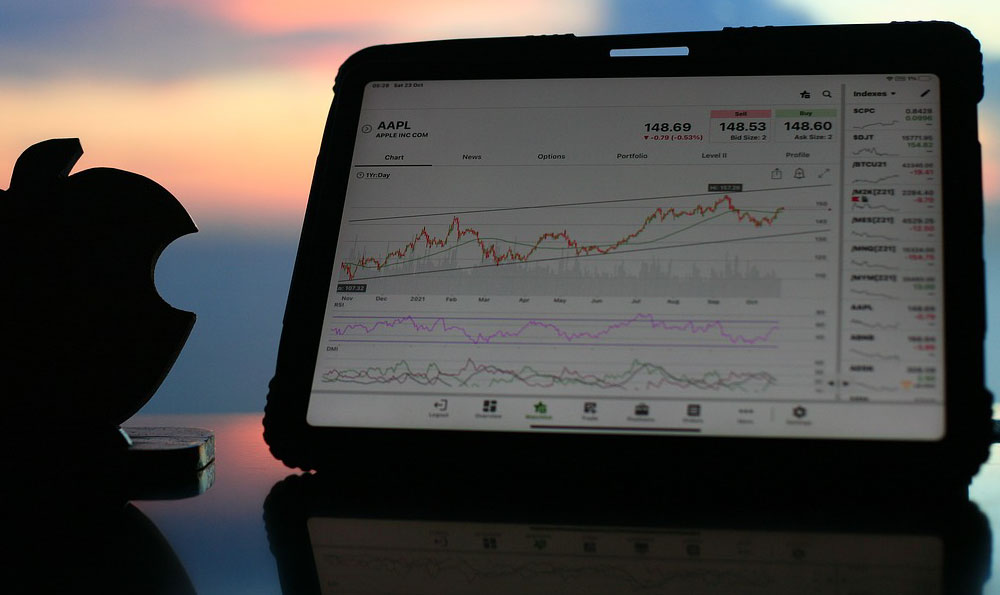Gold stocks, unlike physical gold, represent ownership in companies that mine gold. Investing in them offers a different exposure to the gold market and can potentially amplify returns (and risks) compared to simply holding bullion. To understand how and why one might consider investing in gold stocks, let's delve into the nuances of this investment avenue.
The allure of gold stocks stems from several factors. Firstly, they provide leverage to the price of gold. Miners profit from the difference between the cost of production and the market price of gold. When gold prices rise, mining companies often see a disproportionately larger increase in their profitability. This is because a significant portion of their costs are fixed, so a small increase in revenue can lead to a large increase in profits. Imagine a miner whose all-in sustaining cost (AISC) is $1200 per ounce and gold trades at $1800. Their profit margin is $600. If gold rises to $1900, their margin jumps to $700, representing a significantly larger percentage increase than the increase in the gold price itself. This inherent leverage attracts investors looking for enhanced returns during gold bull markets.
Secondly, gold stocks can offer diversification benefits within a portfolio. While gold itself is often considered a hedge against inflation and economic uncertainty, gold stocks can provide an additional layer of diversification. Mining companies are exposed to factors beyond just the price of gold, such as operational efficiency, exploration success, and geopolitical risks in their operating regions. These factors can add uncorrelated returns to a portfolio, potentially reducing overall volatility.

Thirdly, some gold stocks offer the potential for dividend income. Mature mining companies with strong cash flows may distribute dividends to shareholders, providing a source of income in addition to potential capital appreciation. This can be particularly attractive to income-seeking investors in a low-interest-rate environment.
However, investing in gold stocks is not without its risks. Mining companies face numerous operational challenges, including geological risks, equipment failures, labor disputes, and environmental regulations. A major setback in any of these areas can significantly impact a company's profitability and share price, regardless of the prevailing gold price.
Furthermore, management competence plays a crucial role. The quality of a mining company's management team can significantly impact its ability to execute its strategy, control costs, and navigate regulatory hurdles. Inexperienced or incompetent management can lead to poor investment decisions, cost overruns, and ultimately, shareholder losses.
Geopolitical risk is another significant factor to consider. Many gold mines are located in politically unstable regions, where governments may nationalize assets, impose unfavorable taxes, or otherwise interfere with mining operations. These risks can be difficult to predict and can have a devastating impact on a company's value.
Finally, gold stocks are subject to the same market risks as other equities. During broad market downturns, gold stocks can decline in value along with the rest of the market, even if the price of gold remains stable or even increases. This correlation with the broader market can diminish the diversification benefits that gold stocks are supposed to provide.
So, how should one approach investing in gold stocks? The first step is to conduct thorough due diligence. This involves analyzing a company's financial statements, assessing its management team, evaluating its reserves and resources, and understanding the political and regulatory environment in which it operates.
Consider the all-in sustaining cost (AISC) of production. This metric provides a comprehensive measure of a mining company's operating costs and helps determine its profitability at different gold prices. Companies with lower AISC are generally more resilient to price fluctuations and are better positioned to generate profits even when gold prices are low.
Diversify your holdings. Instead of investing in a single gold stock, consider spreading your investment across several companies. This can help mitigate the risk of operational problems or geopolitical events affecting any one company. Another option is to invest in gold mining ETFs or mutual funds, which provide instant diversification across a portfolio of gold stocks.
Pay attention to the valuation. Just because a company mines gold doesn't mean its stock is automatically a good investment. Evaluate the company's valuation metrics, such as price-to-earnings ratio, price-to-book ratio, and enterprise value-to-EBITDA ratio, to determine whether the stock is overvalued or undervalued relative to its peers.
Be aware of the market sentiment. Gold stocks can be highly volatile and are often driven by market sentiment rather than fundamental factors. Pay attention to the news and analyze the overall market environment before making any investment decisions.
Understand your risk tolerance. Gold stocks are generally considered a higher-risk investment than physical gold. Make sure you understand the risks involved and are comfortable with the potential for significant losses before investing.
It’s crucial to remember that past performance is not indicative of future results. The gold market is inherently volatile, and no one can predict with certainty where gold prices will go in the future. Therefore, it’s essential to approach gold stock investing with a long-term perspective and a disciplined approach.
Investing in gold stocks can be a potentially rewarding but also a risky endeavor. By understanding the factors that drive gold stock performance, conducting thorough due diligence, and managing your risk appropriately, you can increase your chances of success in this complex and often unpredictable market. Always remember that professional advice should be sought before making any investment decision.











